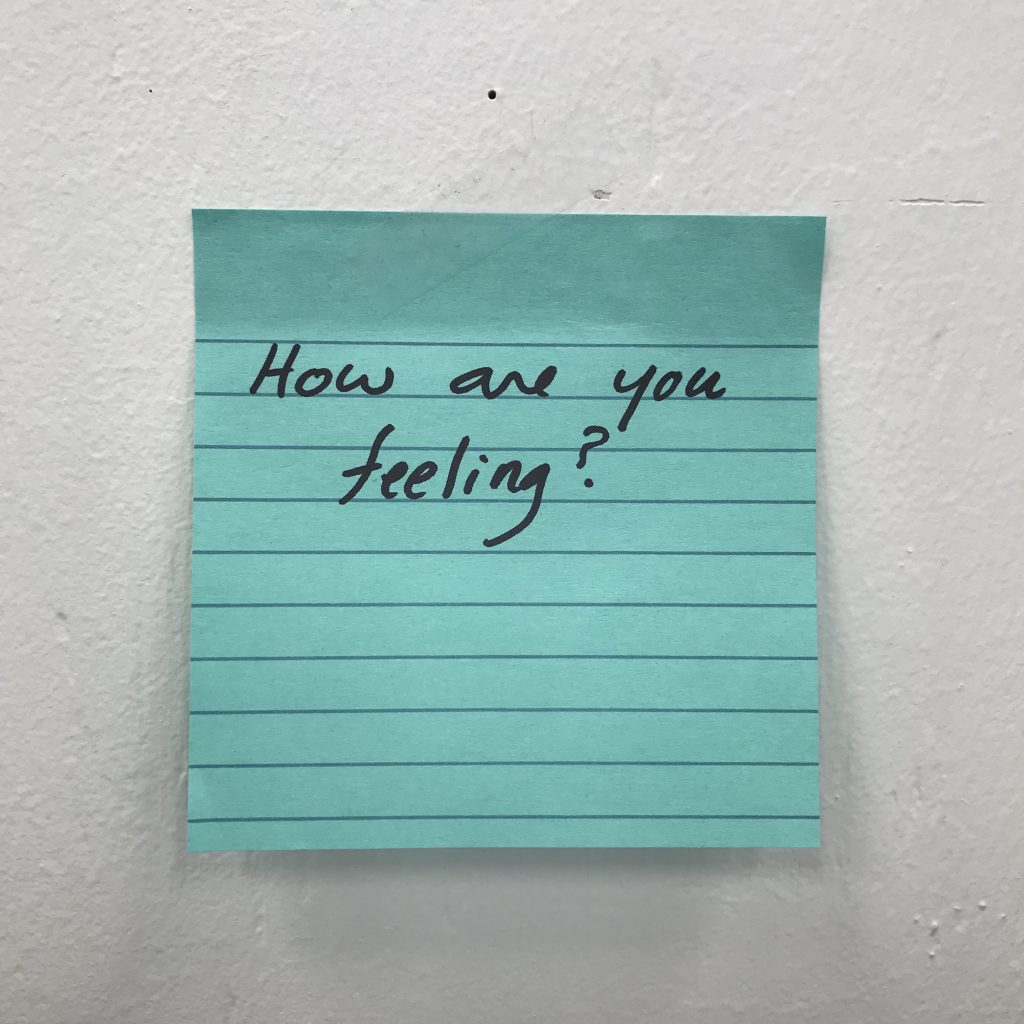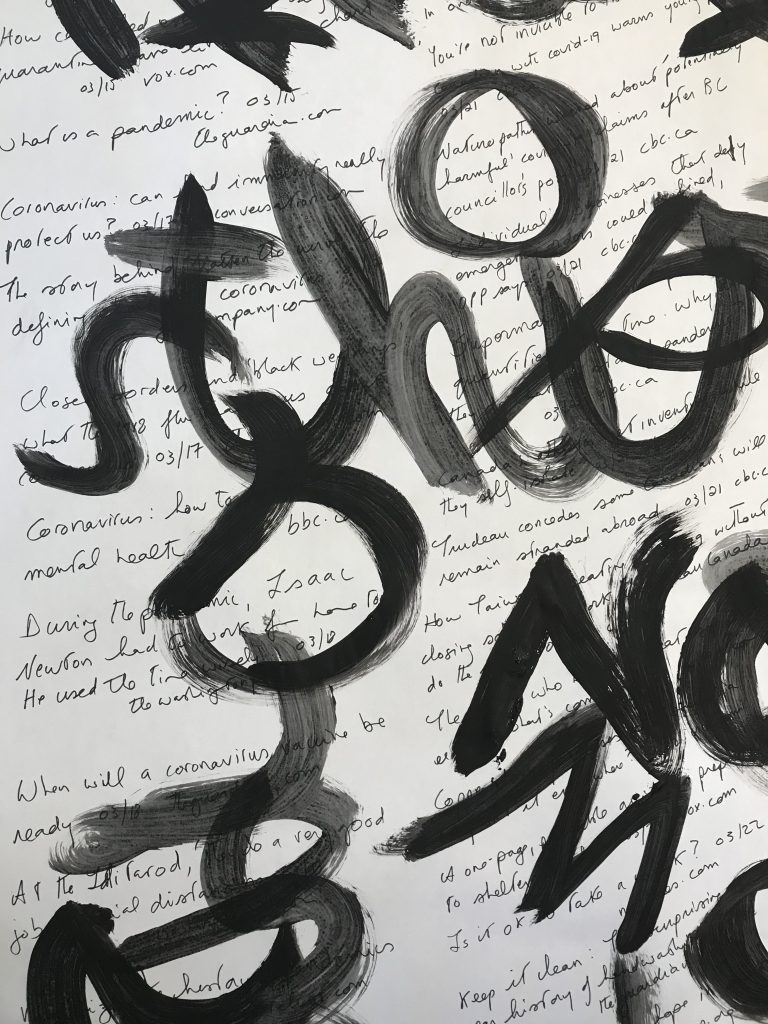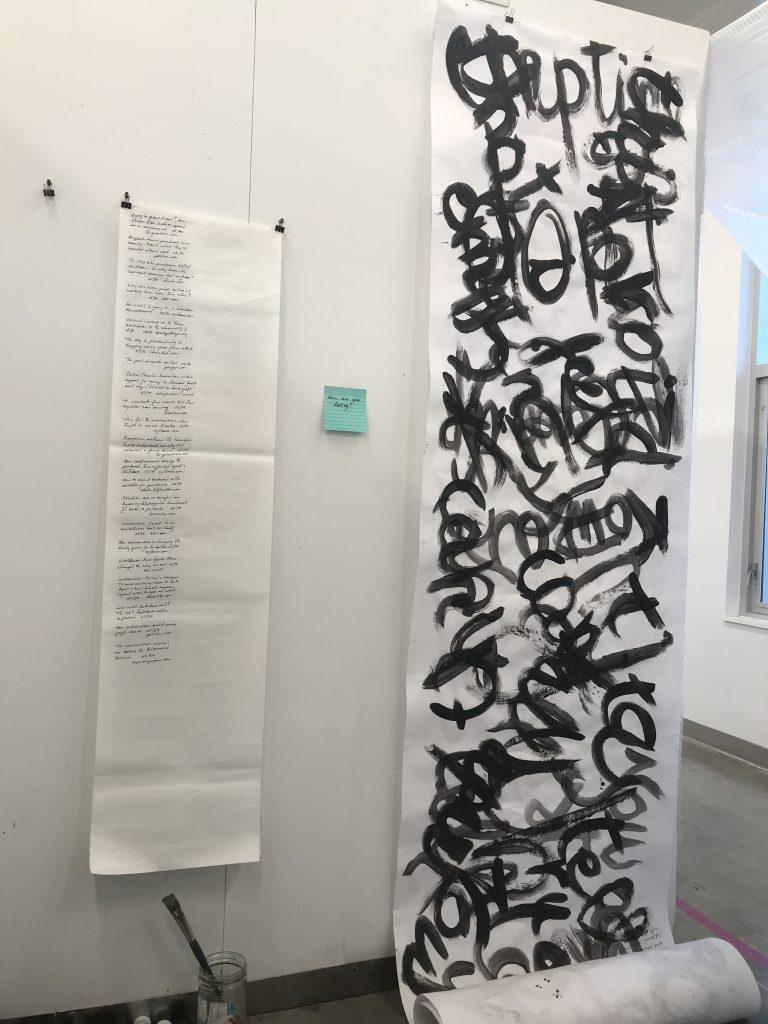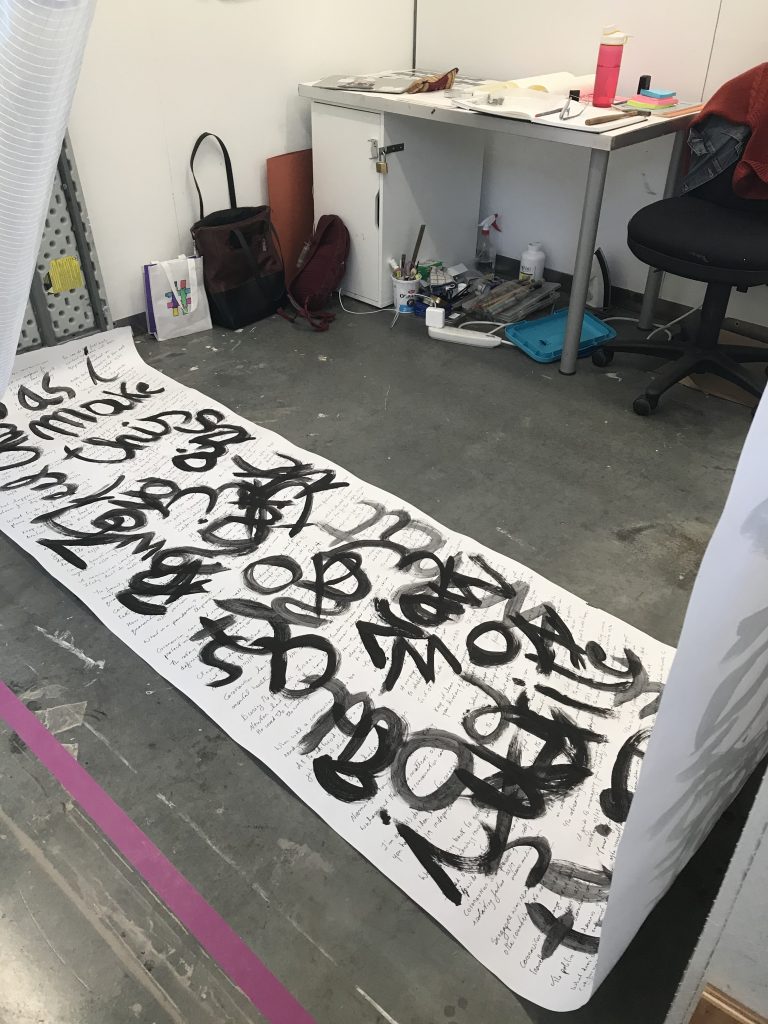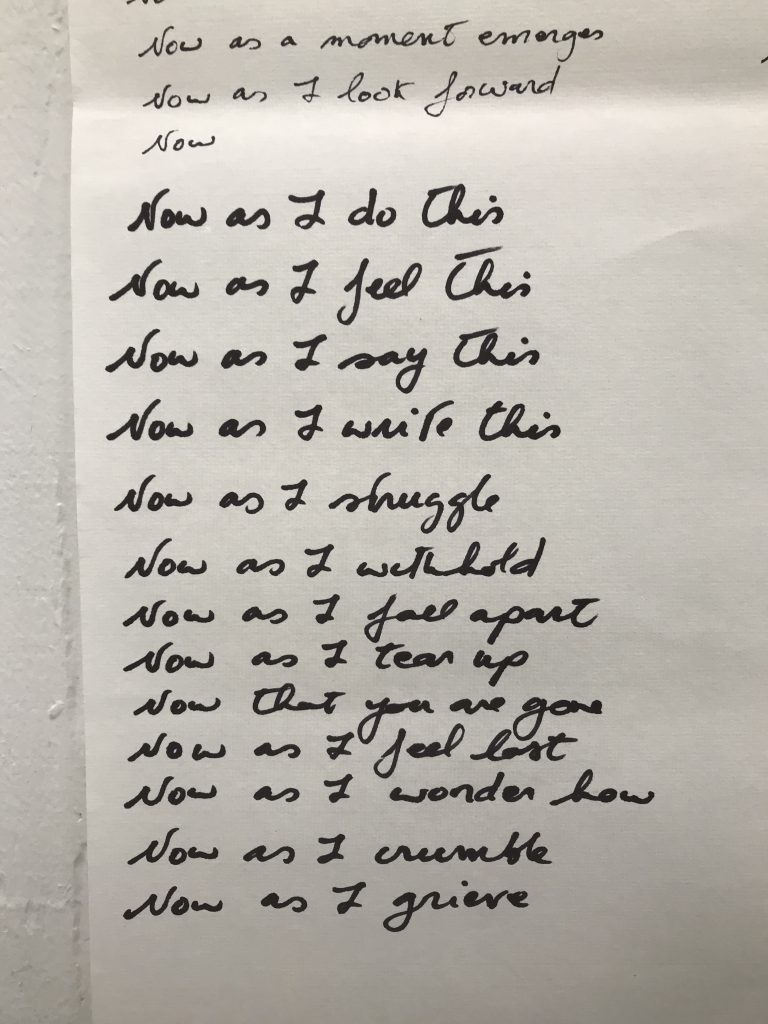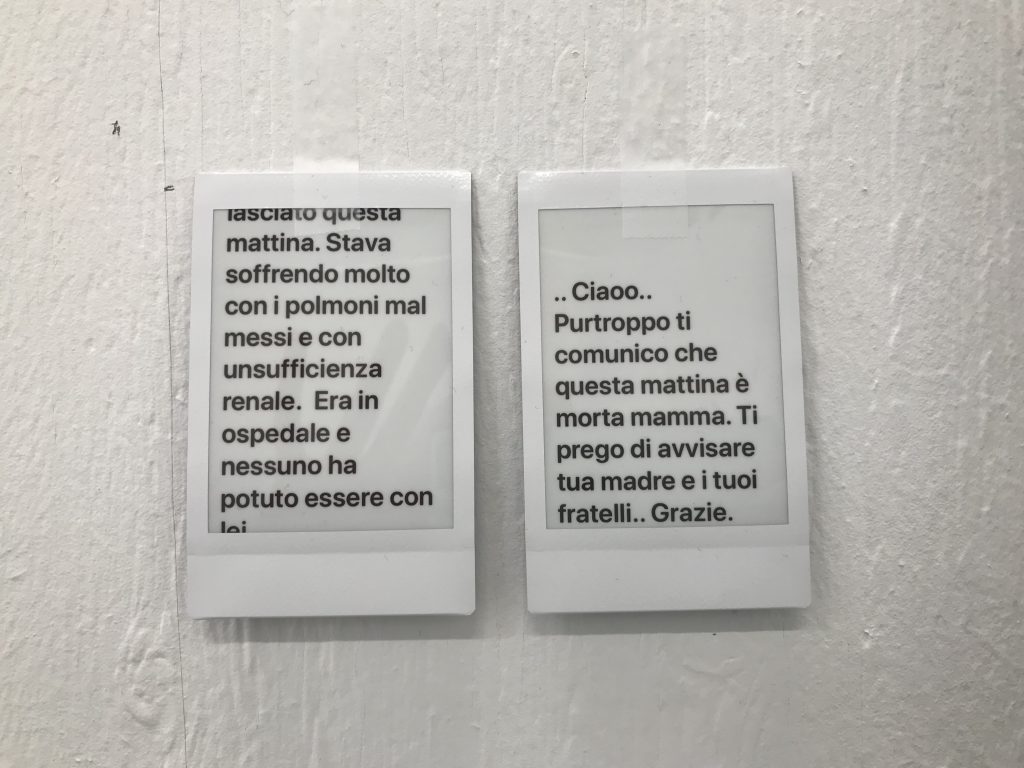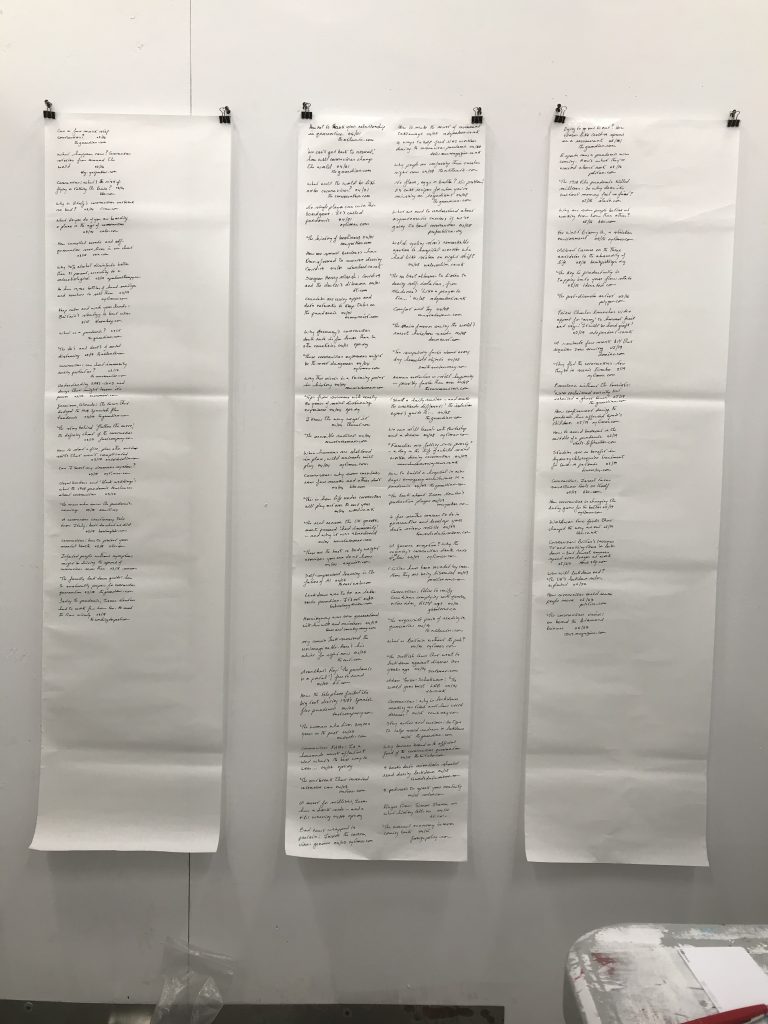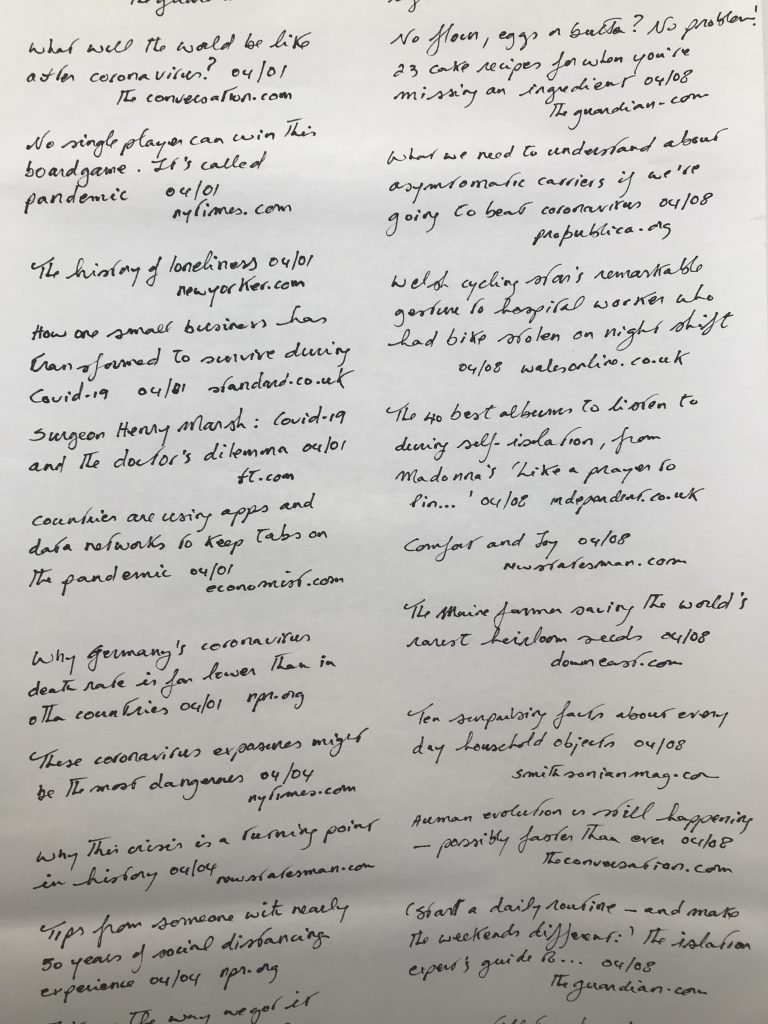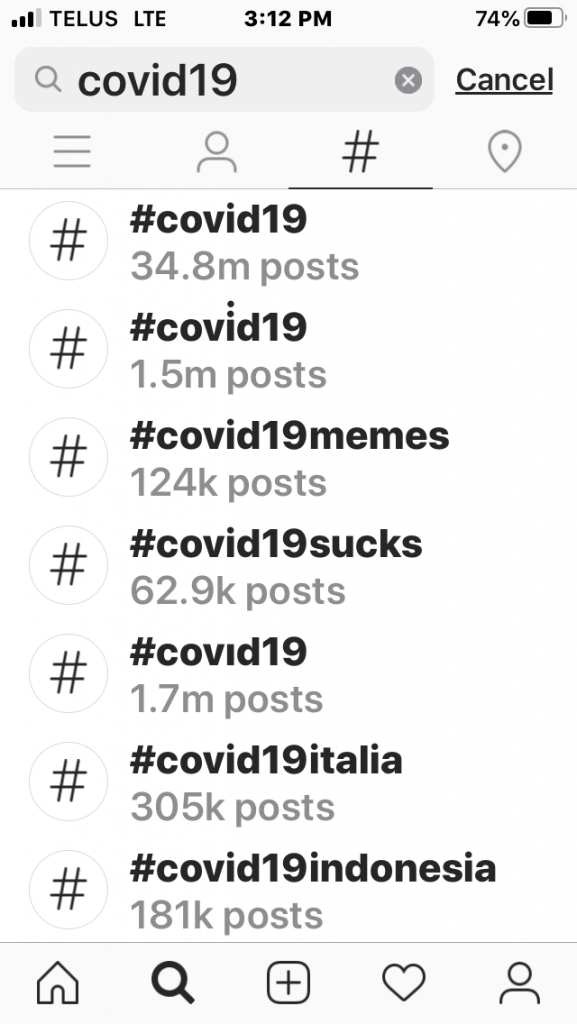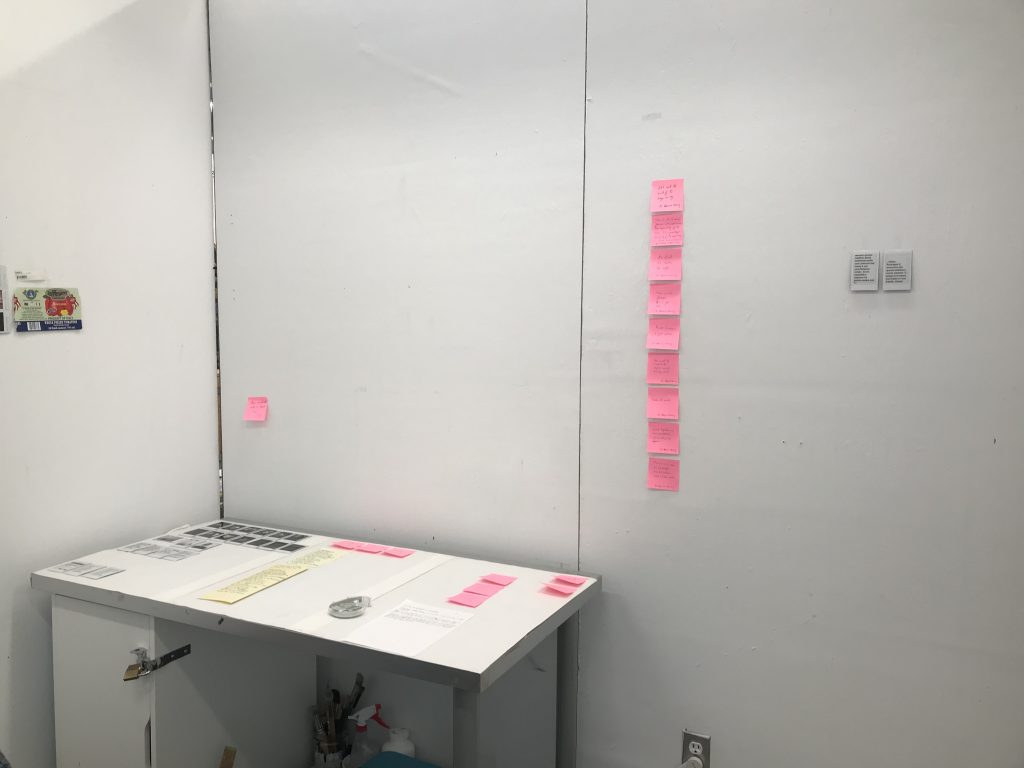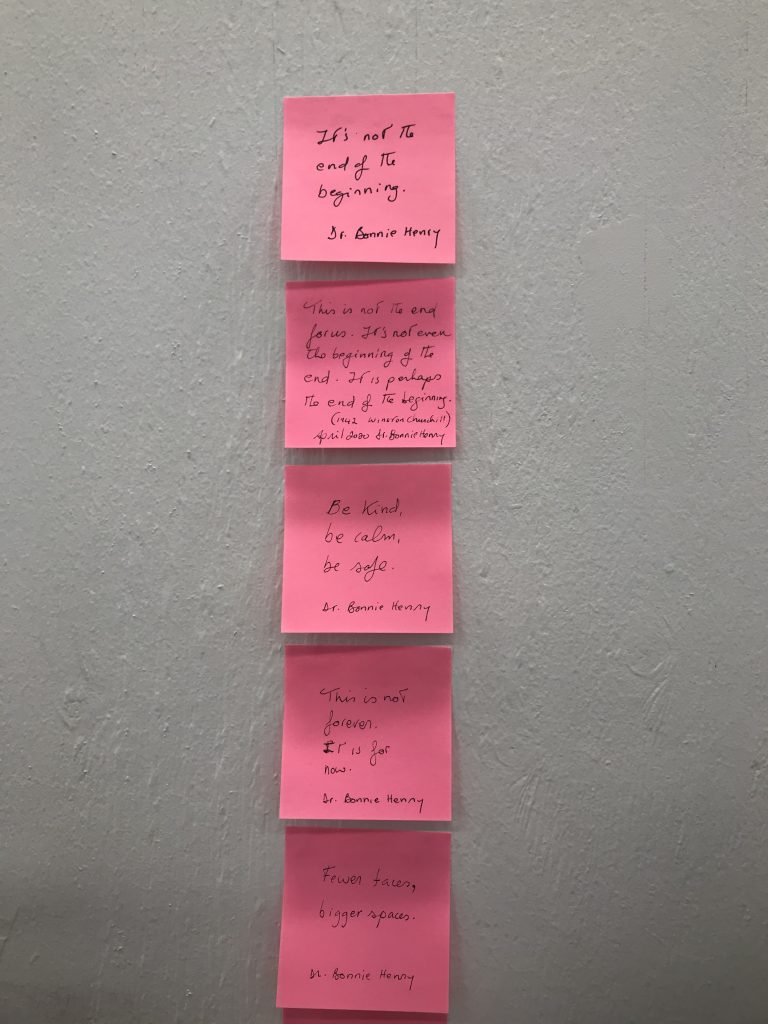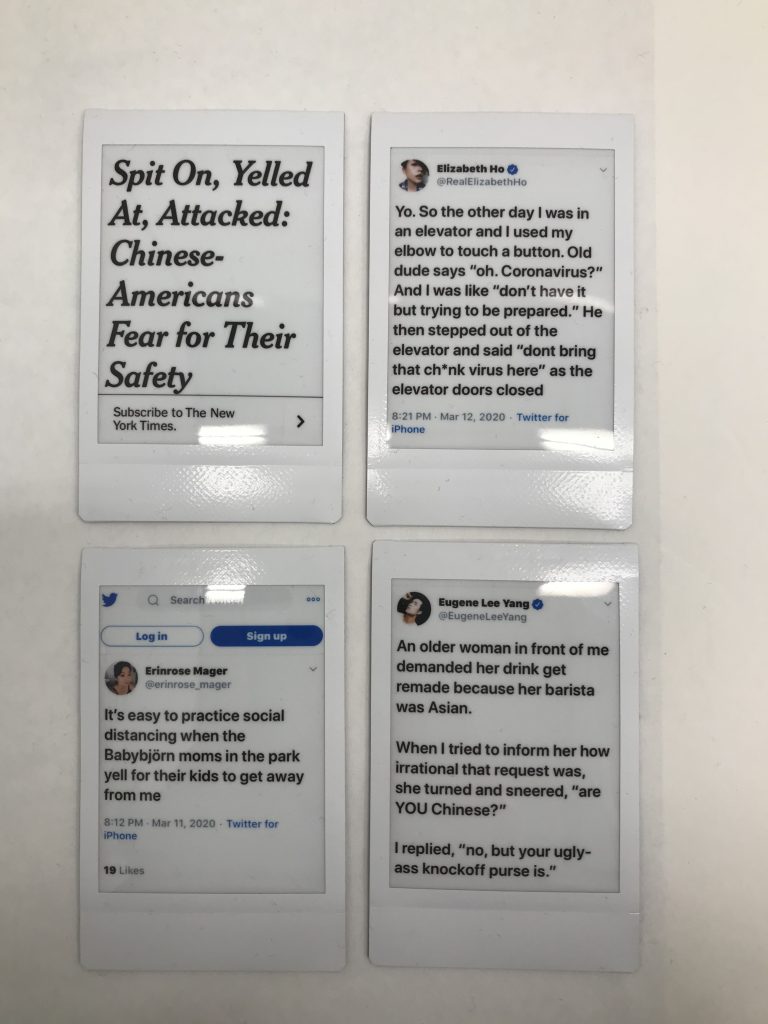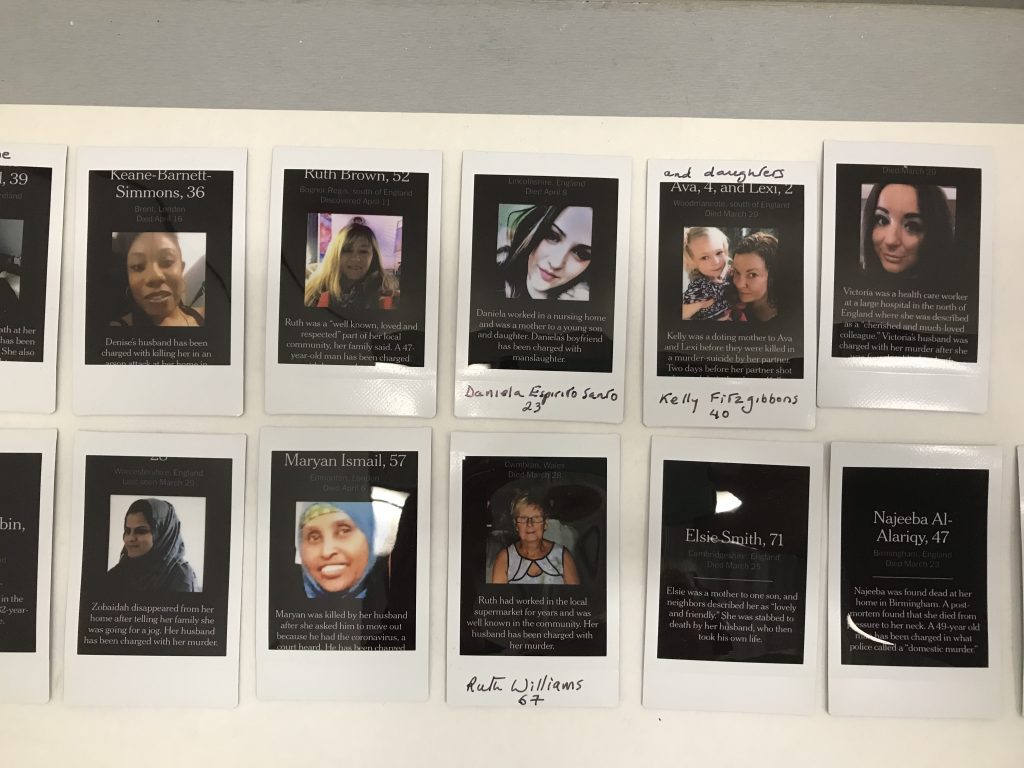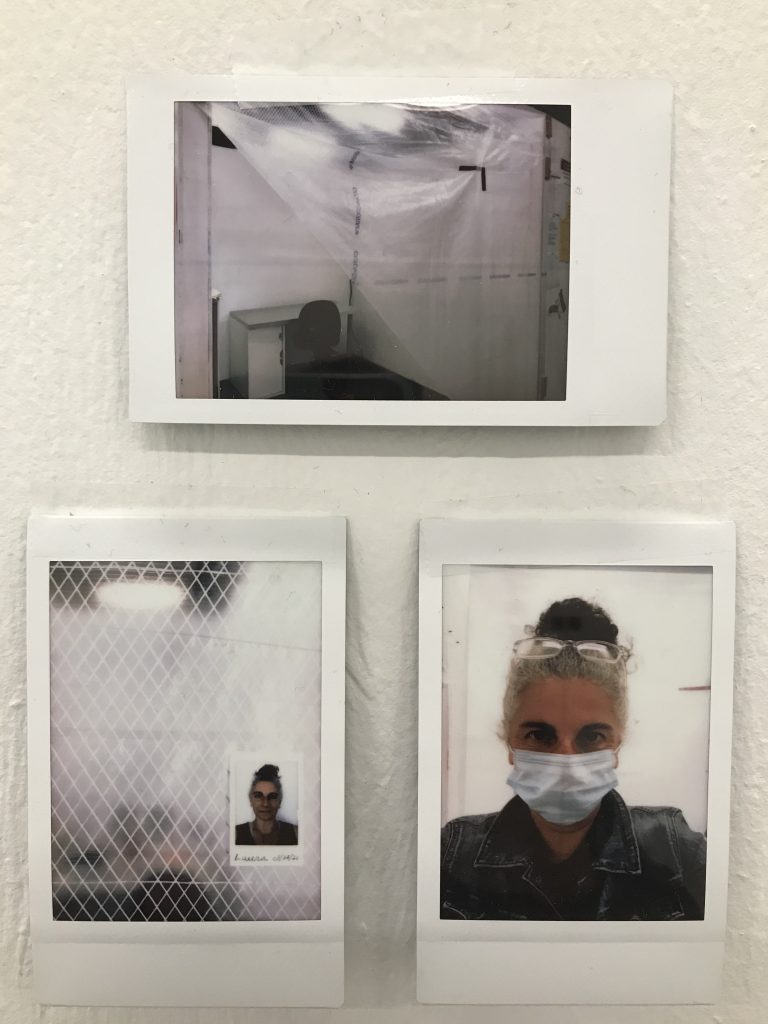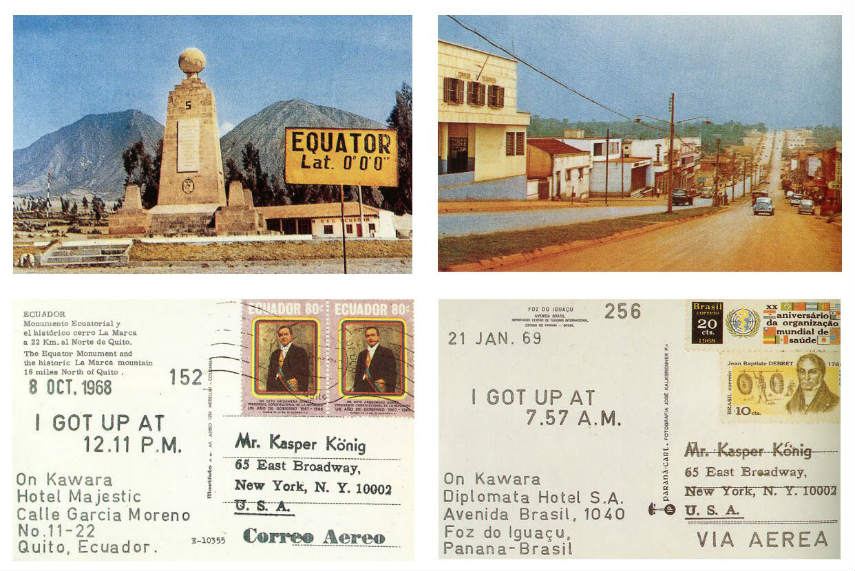Since Covid-19 was declared a public health emergency in BC on March 17, I have been collecting news headlines. Collecting has involved hand recording in my sketchbook Covid-related news headlines recommended by my browser. I also kept track of other types of data, e.g. hashtags, statistics, and vocabulary or sentences that have become common use.
While at first I was thinking of making a quilt—an object of comfort—with selected headlines, I am now focused on showing the headlines in their entirety in handwritten format, and through this process I want to draw attention to the act of hand recording as a daily practice and to reflect on what it means to engage in this act.
I am currently re-recording the headlines (by hand) on long, scroll-like sheets of rice paper with the intention of reproducing the headlines from each month since March, and up to end of the year, on each sheet of paper. I am finding this act is slowing me down and allowing me to re-visit what the news focused on at the beginning of the pandemic. I am approaching this work as a process-oriented endeavour, perhaps exploring the embodied experience to see what emerges.
Display ideas/how to share the work: At the moment, it seems obvious that the scroll-like sheets could be displayed on the gallery walls. Having nine sheets would create a visual impact. The size of the writing draws the viewer in closer to be able to read. I am also exploring the idea of displaying all my research/data collection material on a table.
Research: I see the re-writing as research of embodied experience. I will also explore producing a book of new headlines for posterity, and producing a newspaper of new headlines. I will be looking at artists whose work engages with embodied experience and daily practice. One of the artists I am looking at so far is On Kawara.
Keywords I am working with: daily practice, repetition, uncertainty, being present, posterity, ephemerality, embodied experience, ceremony/closure (I am thinking of burning the scrolls when Covid is not an issue anymore—a performance/participatory component of the project), art/life merging
The materials/techniques/equipment needs are fairly basic at the moment: handwriting on rice paper scrolls, using bookbinding equipment in the printmaking studio, using the DOC for newspaper production.
I welcome any artist references you may have for my research phase. Please leave a comment here. Thank you!! Two were mentioned at the first ‘crit’ (not really a crit, more of a feedback session): Roman Opalka and Carolyn Wren, and I’ve looked at On Kawara.
I am starting to think of this work as a ‘collection.’
